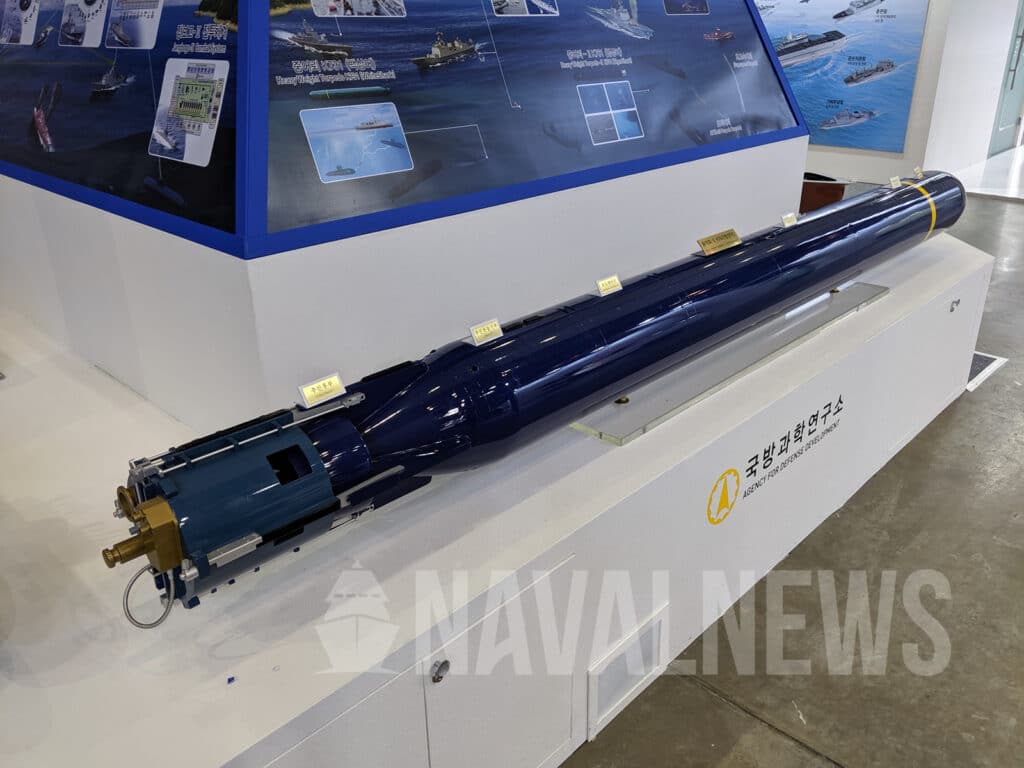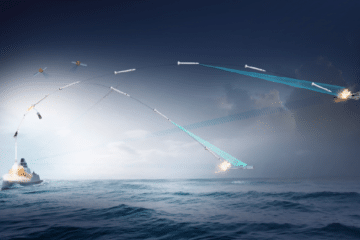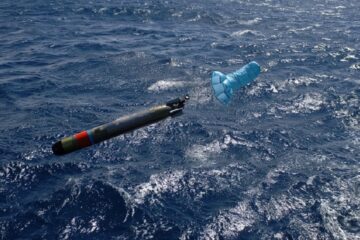DAPA revealed on November 7th that the final components required to provide integrated logistics support for the Tiger Shark will be delivered to the ROK Navy by the end of December. Moreover, the agency said that it will expand the use of the Tiger Shark in the foreseeable future, including possibly signing a second contract with LIG Nex1 within the month.
Initial development of the Tiger Shark was completed in 2019 with the Defense Acquisition Program Promotion Committee approving initial low-rate production in 2020. The program made significant advances this year with mass production of the system beginning earlier in May, following the successful completion of trials. Deliveries to the ROK Navy began in June.
The operational deployment of the Tiger Shark roughly coincides with that of the ROK Navy’s first KSS-III submarine, ROKS Dosan Ahn Changho which conducted operations for the first time in August. The Tiger Shark completed trials for use on both the older KSS-II and the new KSS-III and will likely be deployed on both classes.
About Tiger Shark HWT

LIG Nex1 began preliminary studies on developing a wire-guided torpedo in March 2009. Development on the “Heavy Torpedo-II” itself began in 2012 and was completed in 2019.
The torpedo is 6.5 m in length and weighs 1,619 kg. With a range of around 50 km and a maximum speed of over 55 knots, it is more effective than other torpedoes currently in service with the ROK Navy, including the surface and underwater target Mod2 and White Shark torpedo. However, at 3.3 billion Korean won (or $ 2.6 million per unit), the system is also more expensive than its predecessors.
Another improvement over previous models is the use of a fiber optic cable like the German Deutsches Modell 2 Mod.4. These cables are more buoyant than regular cables, allowing for greater range.
The torpedo uses an electric motor powered by a lithium battery, minimizing noise produced during launch. The system is also highly maneuverable and can alter propeller speed at different points in its trajectory, allowing it to remain undetected for longer periods of time.
Other features onboard the HWT include a wake-homing system and an advanced computer which allows it to defeat countermeasures.







